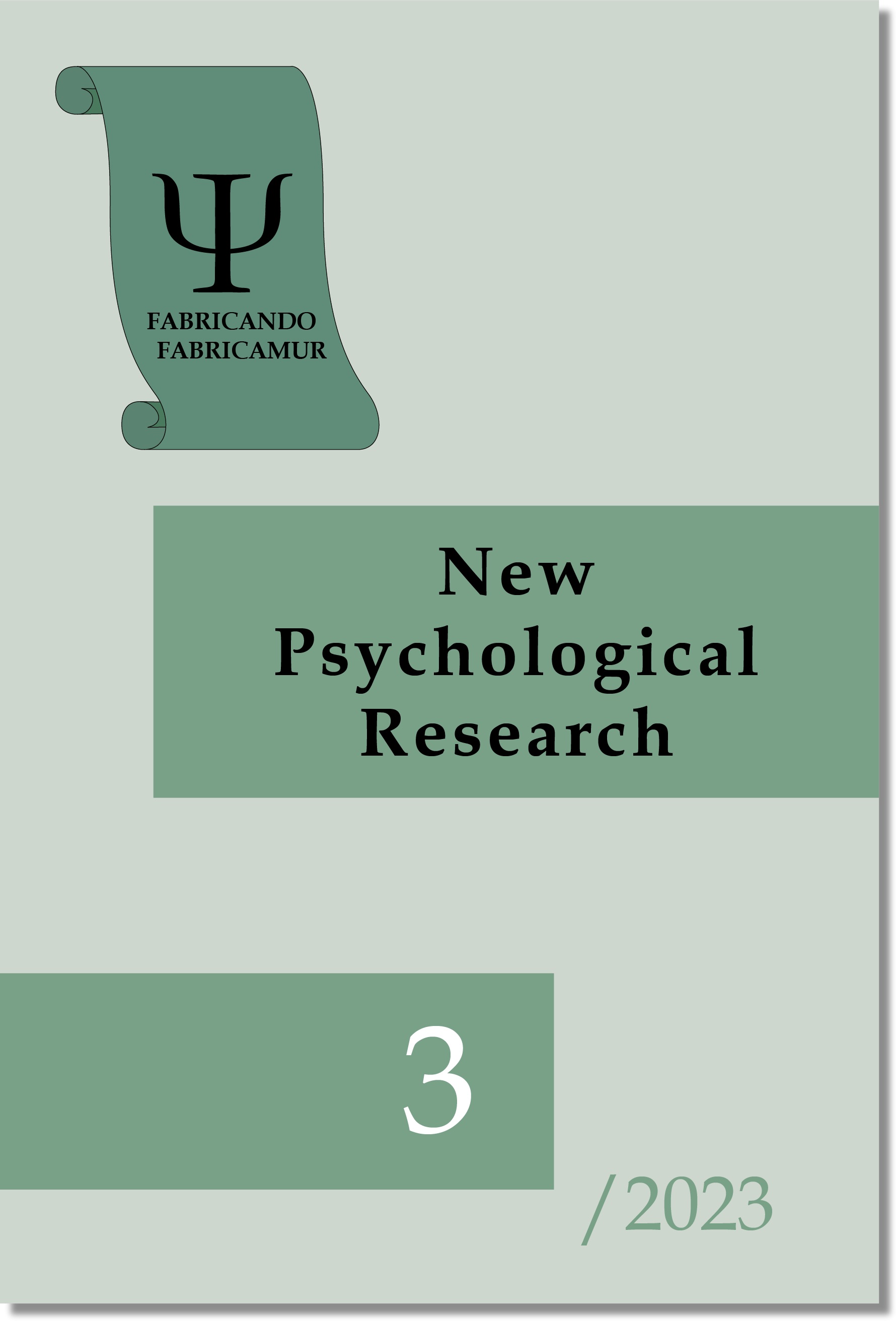
Dear colleagues, I present the third issue of our journal. The leading problems considered by the authors of this issue were the psychology of art, heuristics and the digital world.
The idea of G.G. Shpet about the readiness of the subject for the perception of art, for aesthetic perception and aesthetic education. This idea, expressed by him in his work “Art as a Kind of Knowledge” (1926/1927), served as a connecting thread in the analysis of the socio-psychological functions of art, such as the transmission of values, moral education, the formation of artistic taste, the development of critical thinking and self-reflection in the formation of identity. Along with the readiness of the subject for aesthetic perception and aesthetic education, another important thesis in the study of this problem is the understanding of art as a component of culture.
The study of the problem of immersiveness of real and virtual offline and online spaces in the optics of aesthetic paradigm is based on the reception of ideas and concepts: 1) art form of a work of art; 2) art and literary concepts of English romanticism; 3) idea of "synthesis of arts"; 4) concept of "atmosphere" of new metamodern aesthetics.
The problem of the psychology of creativity as a way for an artist to search for his personal identity in a changing world is raised in the article. The options for creating the art product are analyzed both as a conscious construction of additional space for free self-expression and as a way of coping with difficulties and negative emotional experiences, unconscious catharsis.
Scholars in various scientific disciplines often employ similar heuristics, which are mental shortcuts that simplify the cognitive load of decision-making. This study demonstrates that physicists, biologists, and psychologists, describing fundamentally different types of interactions, utilize only four universal heuristics.
When studying everyday life, we are faced with the challenges of the digital era, which essentially involve the same universal human and social problems. The digital landscape boom, the high-speed mobile Internet and the development of new technologies contribute to the manifestation, resolution or aggravation of these problems. A large number of issues have continued to remain over the past decades of rapid growth of the digital environment.
The presence of pediatric oncological conditions creates a special context for child’s development. Among children with cancer, the disease contributes to special negative experiences, a special self-perception, changes relationships with others, causes behavioral disorders, and shapes personality reactions to the disease. Prolonged hospitalization, accompanied by social deprivation, affects all spheres of a child’s mental life: cognitive, personal, emotional, communicative, and motivational.
The overview of the article by Danish researchers, employees of the University of Aalborg (Denmark), Department of Communication and Psychology, Professor of Psychology Svend Brinkmann, Associate Professor of Psychology Rasmus Hoffmann Birk and postdoc of Psychology Peter Clement Lund, dedicated to the topic of biologization, is presented. In the article, the authors examine the complex relationship between biology and psychological disciplines, covering psychology, psychiatry and psychotherapy.
A victimhood culture is one of the phenomena of our time, which in recent years has been actively comprehended in a number of publications. This review of foreign case studies focuses on two books that have studied the rise of a new moral culture on university campuses, the victim culture. In the book “The Rise of Victimhood Culture: Microaggressions, Safe Spaces, and the New Culture Wars” (2018), sociologists B. Campbell and J. Manning consider the change of three historical types of European moral cultures – honor culture, dignity culture and victimhood culture.